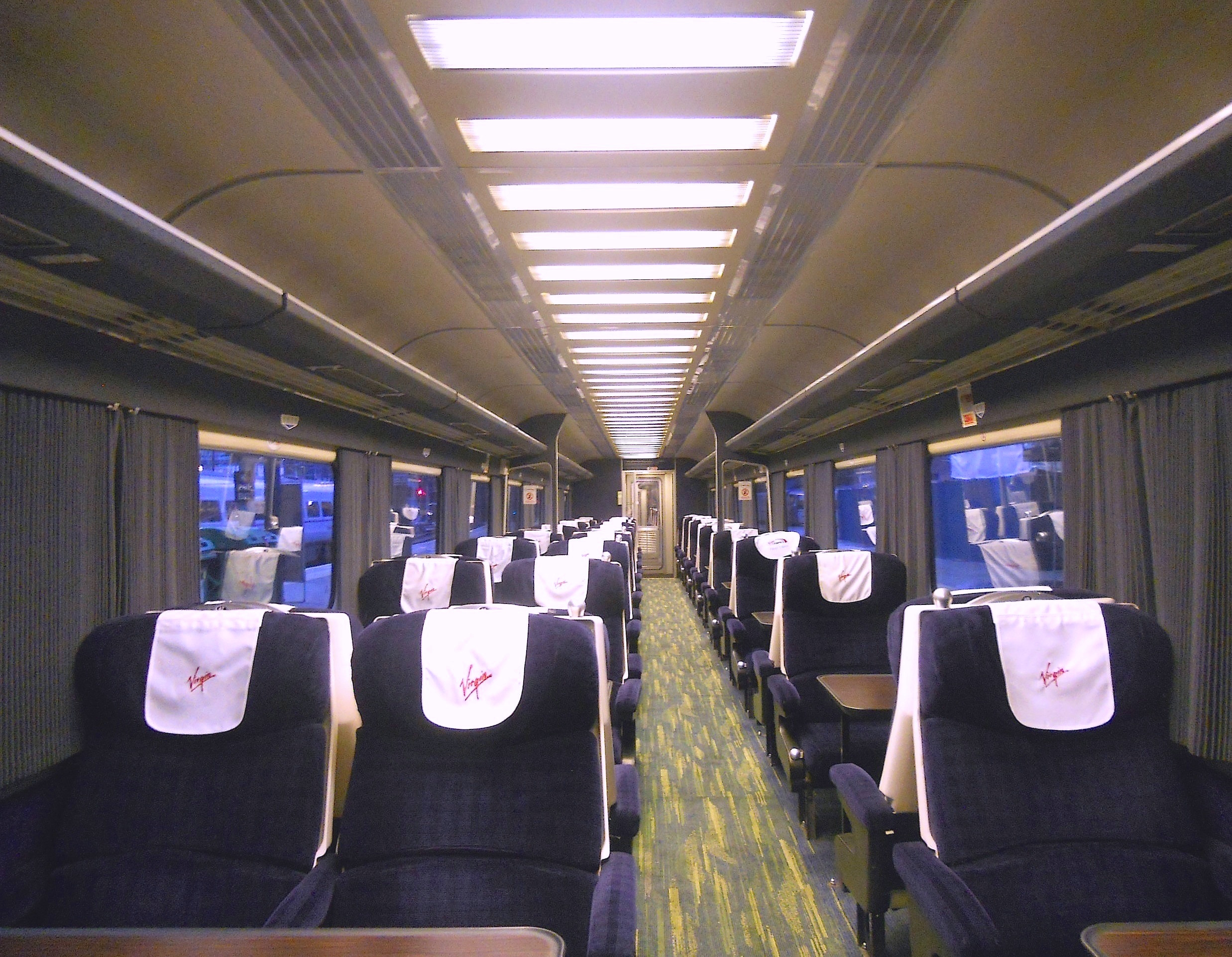In comparison to tungsten and even fluorescent, the cost of drivers and the control equipment is much higher if you want to start dimming them.
The
cost may be, but the
complexity isn't. The cost is only high because you are being ripped off.
With tungsten you can just use a big resistor if you fancy it, where as LEDs require a whole pile of control gear, especially if you want flicker-free behaviour.
LED lights for use on trains will practically certainly be using a switched-mode power supply, and that basically gives you dimming as a free built-in extra for nothing: all you have to do is use a variable resistor instead of a fixed one to set the regulation of the output current. You can bring the connections to it out on another pair of wires to put it next to the switch, which isn't much good for a domestic situation, but makes very little difference if you're doing a "specialised" installation from scratch as in building a train.
Dimming only gets "complicated" in the domestic situation where you're stuck with the existing 2 wires and so need to translate the modulation imposed on the supply waveform by a standard thyristor dimmer into a steady control signal to apply to the regulation, or some comparably simple alternative to achieve an equivalent result; this really is not a difficult problem, and the few extra components it requires are only a couple of pennies worth when you're buying many thousands of them at a time. But the public do not know this and so including that tuppenny handful of parts gives the manufacturer an excuse to gouge them for some totally disproportionate amount.
Either way it's actually easier than doing it with fluorescent tubes; a switched-mode driver for LEDs has only trivial differences in circuitry from one for a fluorescent tube, but it has fewer components subjected to high stress, and an LED is a much easier load to drive at varying levels than a discharge tube...
Eliminating flicker is
really easy - all you need to do is use an adequately-sized reservoir capacitor. Too many manufacturers try and skin it on capacitance or even not use one at all. This is just plain inexcusable cheap-arsed gittery, and if it wasn't so prevalent nobody would be worrying that LED lights might flicker in the first place.
Alternatively, of course, it could be that they are as you say yellow LEDs with a near-UV phosphor, but the physics of that doesn't feel as if it makes as much sense to me ... and a quick google hasn't found me any explainers indicating that there's a yellow emitter and a blue phosphor ... but a lot suggesting blue LED with yellow phosphor as a standard construction ...
It is the standard construction. The other way round (yellow LED + blue phosphor) does not work. Phosphors transform more energetic (shorter wavelength) photons into less energetic (longer wavelength) photons with the difference going as heat, so they only work "blue to yellow". Producing more energetic photons from less energetic ones means you have to somehow combine the energy from two low-energy photons and re-emit it as one high-energy one, which is much more difficult, much more lossy, and tends to need the kind of light intensity you can only achieve with a laser; some green laser pointers generate green from infra-red by that method, but it's not useful for ordinary illumination lighting or any other everyday purpose.
(Neither LEDs nor phosphors can be made to change the wavelength (colour) they emit at, so LED lights that can change colour use the standard TV screen method: mixing red, green and blue in varying proportions. This is where it actually does make a difference to the control gear, since you basically need three separate ballasts, one for each colour.)
There's no reason why fixed-colour "white" LEDs shouldn't be made with a perfectly pleasant warm colour temperature, except that warmer colour temperatures are less efficient and so knock the lumens per watt figure down a bit. And, indeed, they are. You just have to be careful to check the labelling to make sure you haven't got hold of some horrible depressing cold bluey thing by mistake (and hope that the labelling is correct, which it isn't always).
Trouble is it's all too easy to imagine a depot making such a mistake and ending up with boxes and boxes of cold LEDs and thinking "sod it, we'll just use them anyway..."

